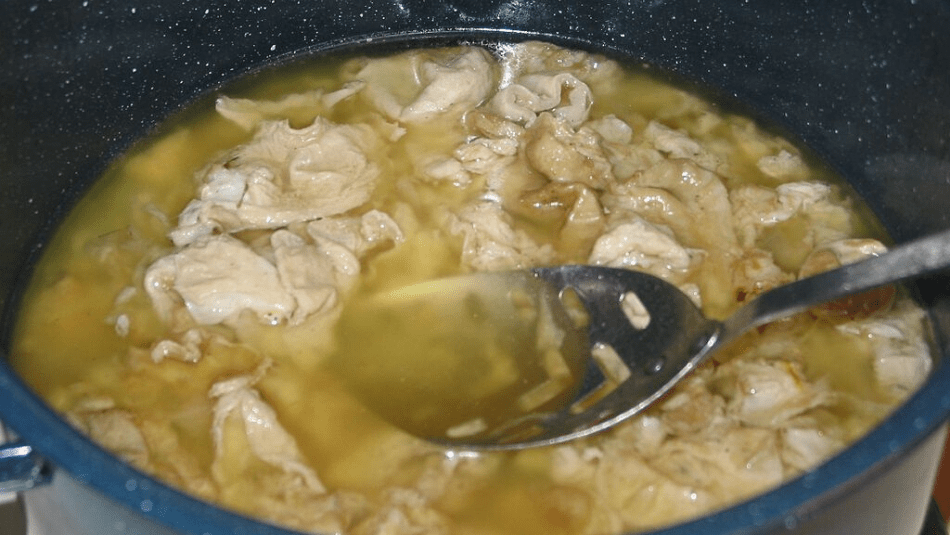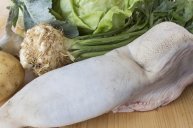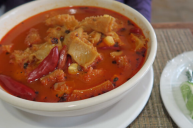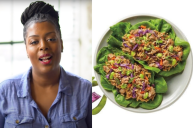If you've ever lived south of the Mason-Dixon line, you've probably heard of chitlins, even if you've never tried them. Chitlins are part of a tradition that prides itself on using every bit of an animal, just as with dishes like haggis, andouille, tripe, and brains. This Southern dish was first made by enslaved African Americans who were given the scraps and innards of slaughtered pigs, including intestines, pigs feet, neckbones and hog maws (ears), while slave owners kept the best parts of the meat for themselves.
Videos by Wide Open Country
What Are Chitlins?
Making do with what they had meant finding a way to cook these leftover bits of animal. Chitlins, or chitterlings, are pig intestines that have been cleaned (and cleaned again) and either boiled or deep-fried and crispy. The cleaning process is time-intensive, and the cooking process is, well, let's just say that the whole neighborhood will know if you're cooking a pot.
https://www.instagram.com/p/ByJwTjin3pC/
Chitlins are important for more than their place on the table. Faced with Jim Crow laws dictating where African-Americans could eat, shop, and find entertainment in the United States, the food was a kind of code. Restaurants and clubs in the South that had chitlins or other soul food dishes on the menu were considered safe for African-Americans; musicians knew they could play there and fans of their music knew where they could find the musicians.
Eating chitlins isn't as common as it used to be; in many homes, they're considered a holiday season or special occasion dish because of the amount of preparation necessary. Raw chitterlings must be cleaned thoroughly in several changes of cold water; you can also find pre-boiled chitlins at some butcher shops.
Fried or slow-cooked, chitlins are generally served with hot sauce or other spicy condiments.
How To Cook Chitlins
If you want to try chitlins, but don't want to cook them, take a trip to Salley, South Carolina, where about 70,000 people every year attend the Chitlin' Strut.
This article was originally published July 18, 2019




